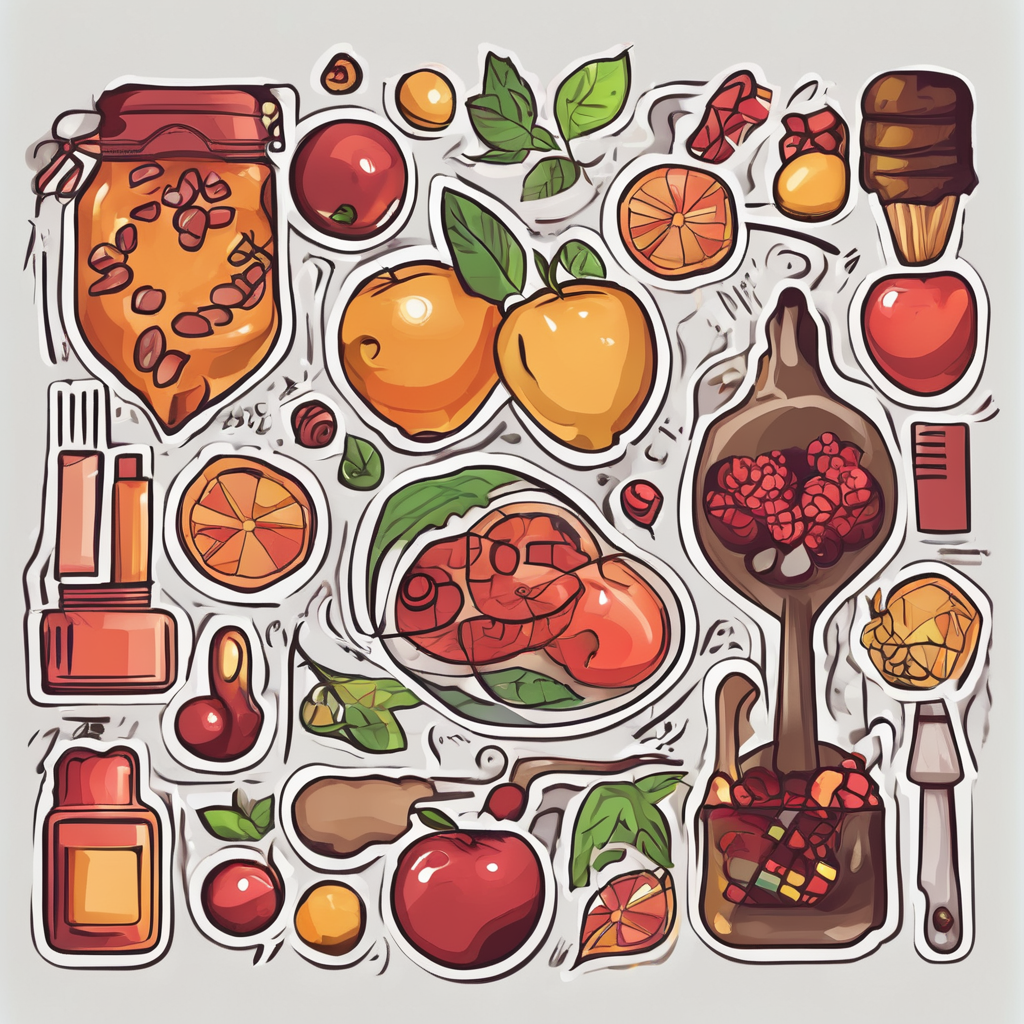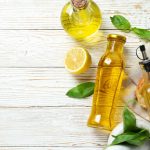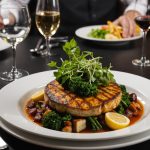Drinking a bottle of Champagne is not just a celebratory gesture—it is a true tasting experience and a journey into French tradition. This sparkling wine, a symbol of elegance and prestige, originates from the heart of the Champagne region, between Reims and Épernay, the birthplace of some of the world’s finest sparkling wines. Every bottle of Champagne, whether Brut, Blanc de Blancs, or Blanc de Noirs, reflects the unique craftsmanship of the winemakers and the richness of iconic grape varieties such as Pinot Noir or the region’s dark Pinot grapes.
Before purchasing a bottle, selecting from different bottles, or managing a Champagne stock, it is essential to understand the diversity of wines, their dosage, vintages, and quality criteria that make each litre of this refined nectar exceptional. Leading houses like Ruinart and Moët & Chandon uphold centuries-old traditions, producing exceptional Champagnes with fine bubbles, golden color, and a perfect balance between power and elegance. Whether Brut, rosé, or Blanc de Blancs, each Champagne possesses a unique personality shaped by its terroir, grape varieties, and ancestral expertise.
Additional reading : Mastering Kitchen Inventory: Streamline Your Supplies Management with Innovative Digital Solutions
Understanding the origin and appellation of champagne
Before purchasing a bottle of Champagne, it is essential to understand the origin and designation of this exceptional sparkling wine. Champagne benefits from the « Appellation d’Origine Contrôlée (AOC) Champagne », strictly limited to the Épernay region, ensuring the authenticity, quality, and traceability of the product. When exploring a great selection of Champagne, this designation governs vineyard cultivation, winemaking, fermentation, riddling, and disgorging. The Champagne vineyards, rich and diverse, rely on three main grape varieties: Chardonnay, representing finesse and elegance; Pinot Noir, providing structure and power; and Pinot Meunier, ensuring roundness and smoothness. Combining these grapes produces well-balanced and complex wines. Major Champagne houses such as Ruinart and Moët & Chandon maintain centuries-old know-how, guaranteeing prestigious wines known for their fine bubbles, justified price, and global recognition.
Identifying the different types of champagnes
To choose a bottle of Champagne wisely, it is essential to identify the different types of wines and their characteristics. Non-vintage Brut constitutes the majority of production: it is a blend of wines from multiple harvests, ensuring consistency in the house style and maintaining a regular stock of bottles ready for consumption. These bottles, whether 75 cl or one litre, reflect the balance and typicity of the wines crafted by each Champagne estate. Vintage Champagne, produced only in exceptional years, showcases the full richness of a specific cuvée and terroir. Blanc de Blancs offers wines with remarkable freshness and mineral elegance, while Blanc de Noirs, made from Pinot Noir, feature a fuller texture and notes of red berries or plums. Rosé Champagne, produced through blending or maceration, seduces with its delicate color, fruity notes, and indulgent character. Each type of Champagne, whether Brut, rosé, or dry, expresses the diversity of the Champagne terroir and the identity of its producing house.
Have you seen this : Ultimate Guide to Selecting the Best Range Hood for Maximum Grease Protection
Decoding labels and official mentions
Champagne labels provide essential information regarding durability, origin, and traceability. The “AOC Champagne” designation and “Product of France” label are mandatory to guarantee authenticity and provenance. Abbreviations such as RM (Récoltant-Manipulant), NM (Négociant-Manipulant), CM (Cooperative de Manipulation), and RC (Récoltant Coopérateur) indicate the producer’s status and the method of making the cuvée, whether it is a Brut, Blanc de Blancs, or Blanc de Noirs. These details also show whether the bottle comes from an independent winemaker, a cooperative, or a major house, situating the wine in the broad universe of Champagnes. Additional information, such as disgorging date, sugar dosage, registration number, bottling, volume (75 cl, litre, or magnum), and stock management, ensures perfect traceability. A complete and readable label allows connoisseurs to distinguish each cuvée by type, dominant Pinot, Brut level, or origin, enabling precise selection of Champagne bottles according to their preferences.
Selecting champagne by dosage and sugar level
Drinking a bottle of Champagne is not merely celebratory—it is a true tasting experience and a celebration of French tradition. This sparkling wine, a symbol of elegance and prestige, comes from the heart of Champagne, between Épernay and the Marne, where prestigious vineyards produce exceptional wines. Before purchasing a cuvée or comparing prices, it is essential to understand the different types of Champagnes (Blanc de Blancs, Blanc de Noirs, or rosé), each offering a unique expression of its terroir. The bottle, often presented in a refined étui, embodies the artistry of Champagne craftsmanship and meticulous attention to detail. Bottles of 75 cl or one litre must be stored under precise conditions to preserve the purity of the wine and maintain stock. Choosing a cuvée also involves understanding the balance of power, finesse, and maturity of the crus, factors that contribute to the international reputation of major Champagne houses and their exceptional wines.
Evaluating purity and recognizing a good champagne
The purity of a Champagne can be judged by visual, olfactory, and taste criteria. Fine, consistent, and persistent bubbles indicate successful secondary fermentation and long aging on the lees. The wine’s color should be clear, bright, and golden, reflecting the freshness of the grape.
On the nose, Champagne aromas should be complex and balanced according to the cuvée:
- White flowers
- Dried fruits
- Citrus
- Brioche
- Honey
On the palate, a good Champagne is distinguished by its liveliness, creamy texture, and persistent finish. Blanc de Blancs seduce with elegant acidity, while Blanc de Noirs reveal power and depth. Major estates in Épernay and the Côte des Blancs, such as Ruinart, Deutz, or Dom Pérignon, exemplify this art and the nobility of Champagne wines. The price of bottles varies according to vintage, aging, prestige, and winemaker expertise, but each cuvée expresses the authenticity and richness of an exceptional wine. The stock of major houses is carefully managed to guarantee consistency, purity, and availability of different formats, from standard bottles to magnums of one litre or more. Each wine reflects the luxury, rarity, and centuries-old tradition that have made Champagne world-famous.
Serving and storing champagne under optimal conditions
Properly serving and storing Champagne is essential to preserve its aromas, bubbles, and freshness. Brut Champagnes are best enjoyed between 6–8°C, while vintage, Blanc, or prestigious bottles made from Pinot Noir are ideally served between 9–11°C, depending on the type and cuvée. The tulip-shaped glass is perfect for revealing sparkling finesse and concentrating aromas without dissipating the mousse. Each Champagne bottle, whether from a historic house like Ruinart, Nicolas, or Perrier, should be stored lying down, away from light, humidity, and temperature fluctuations, preferably in a wine cellar or dedicated storage space. Bottles of 75 cl, one litre, or larger must be handled carefully to avoid disturbing the natural sediment formed by the grapes and Pinot. Direct delivery from the Champagne estate or a trusted wine merchant ensures the wine’s purity and optimal stock maintenance. Whether a Blanc de Blancs, Blanc de Noirs, Brut, or rosé, each unit reveals, upon tasting, the nobility, aromatic finesse, and centuries-old tradition of this iconic celebratory wine.






